When I find more time, yes.ED, can we get some new Pyra videos soon?
I'm preparing the mass production and preorder setup right now, and the new landing page for new users.
This eats quite a bit of time...
When I find more time, yes.ED, can we get some new Pyra videos soon?
I don't think so... these dome caps are pretty reliable.Looks like a keyboard I would wear out in a months time.
Also, they would permanently ask for videos of what it can do, and if the team doesn't have time to do them, some could easily claim it doesn't work as it should, etc.
ED, can we get some new Pyra videos soon?

When I find more time, yes.
They've never met my thumbs before...I don't think so... these dome caps are pretty reliable.
But don't forget, overall they still faster reached that point than the Pyra did. I fear they will overtake us at some point if they really continue with that speed. And if time is really money, they even save alot of costs alone through their speed. Almost scary.I don't think so... these dome caps are pretty reliable.
However, it seems the now have a printed plastic case with a physical dummy PCB... so not even yet an assembled PCB.
I guess things take longer as they thought.
But don't forget, overall they still faster reached that point than the Pyra did. I fear they will overtake us at some point if they really continue with that speed. And if time is really money, they even save alot of costs alone through their speed. Almost scary.
I am pretty sure that style of keyboard won't last as long as what Pandora and Pyra have. I also think it might be more difficult and expensive to replace it when it dies. I am pretty sure that keyboard isn't actually there to be used much, and its just to say "look, we have a keyboard AND Windows". Although ED thinks they are pretty good, the paint comes off pretty quick, and most of the ones on my Motorola devices have at least a few keys that are messed up. Some pick up presses without being pushed, some don't reliably register a press, and one or two just feel messed up.Looks like a keyboard I would wear out in a months time.
It was a bit of a joke, like what @Klumpen showed with the quotes (although I am happy with all videos, pics, and news you share, so I do want more).When I find more time, yes.
I'm preparing the mass production and preorder setup right now, and the new landing page for new users.
This eats quite a bit of time...
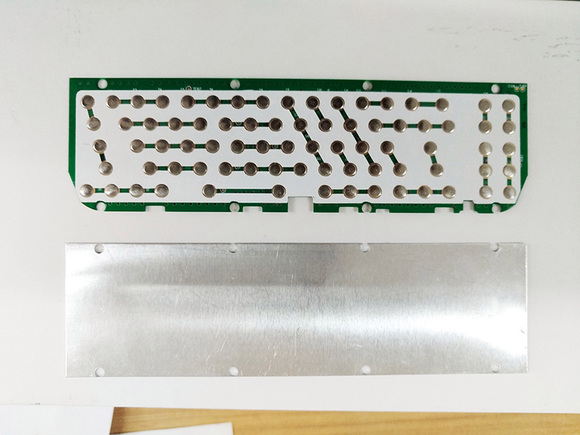
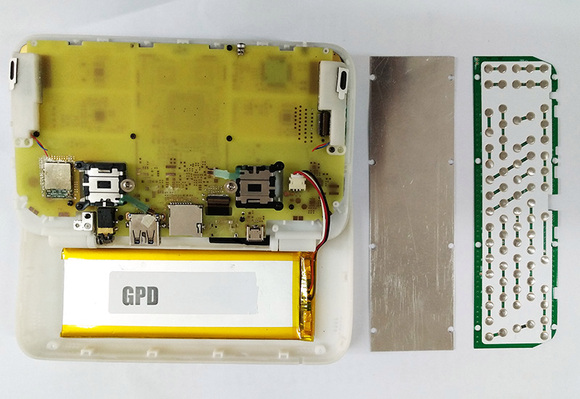
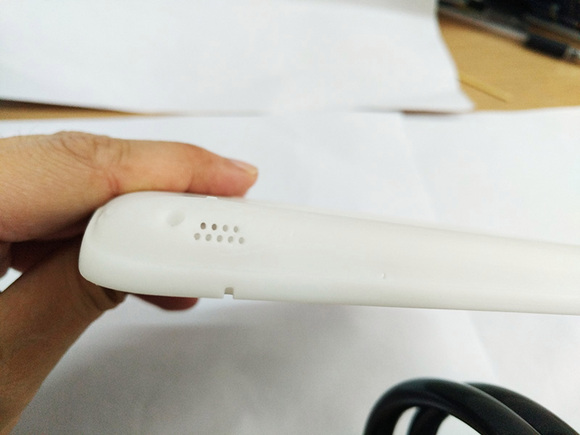
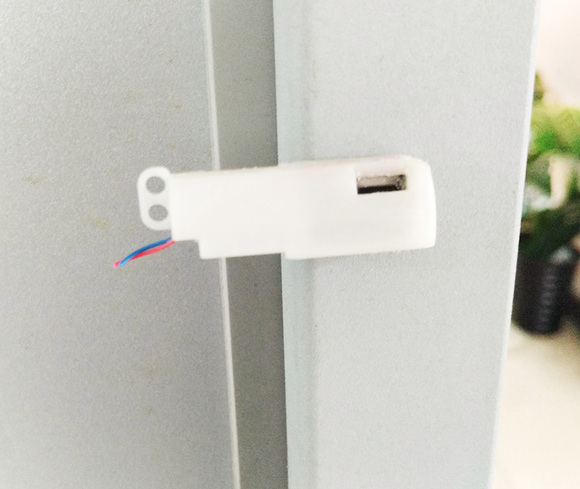
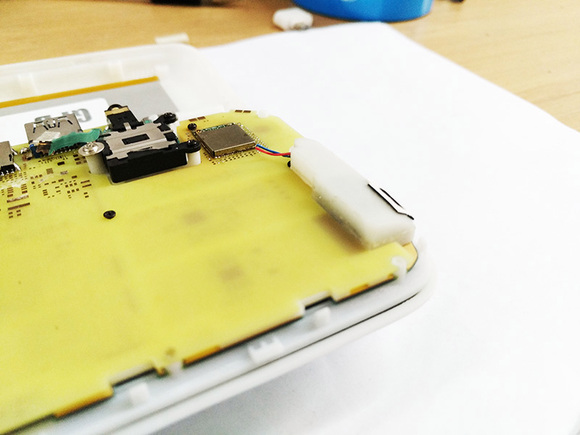
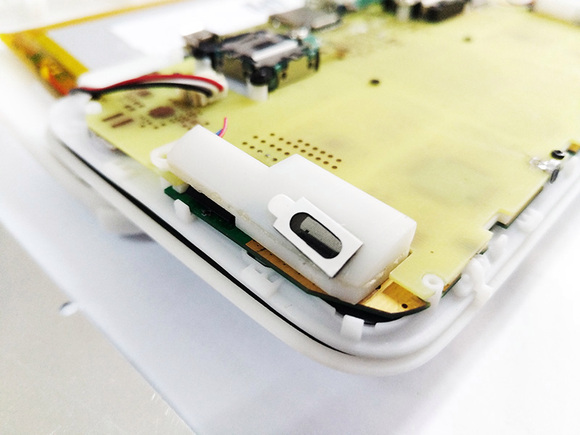
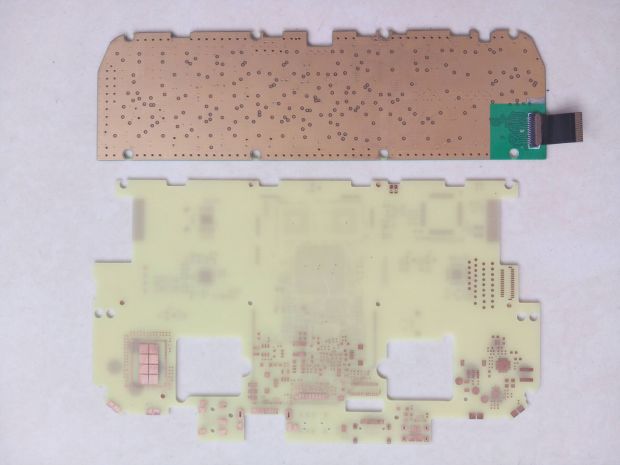
I thought I had read that, but I thought it was an idea that was proposed to you, not an official decision. What is the location for these (around the ports, on the hinge area, beneath where the lid rotates, etc)? Are there pictures of this yet? Will it make pocket fuzz or liquid (light rain) more of an issue, allowing them entry to the interior of the case?That's the reason we added some air vent holes in the backside of the case. This won't help much, but at least a bit.
There is also something in their post about the speakers assisting with heat dissipation, not sure if they somehow act to pump the air out. Hard to comprehend the google chinese translation and other translators efforts
Well, there is one issue, which is the same we have with the Pyra as well:
Metal plates inside the case help spread the heat, so the SoC takes longer to reach the maximum temperature.
However, the metal slowly heats up as well, so after about 10 - 20 minute with high-power usage, the metal plates won't do anything.
So this extends the time to reach that point a bit, but unless you exchange the heat actively with air.
That's the reason we added some air vent holes in the backside of the case. This won't help much, but at least a bit.
I suppose since the keyboard bottom in combination with that metal plate is acting as the heat sink . Then the entire keyboard cutout hole would also act as a heat venting hole
Well, every little bit helps for sure.So this extends the time to reach that point a bit, but unless you exchange the heat actively with air.
That's the reason we added some air vent holes in the backside of the case. This won't help much, but at least a bit.
I'm sure, future (and more powerful ) devices like Pyra & Co. will need at least a metal case. Modern Smart Phones benefit alot from this, even without a active Fan. And these Phones are already much faster than the OMAP5. AFAIK the new iPhone SoC's are real beasts.Unfortunately, without any active air vent (fan), you can never really get the heat out of the device.
Air vents don't do much (afair, the temperature difference of a PCB inside a case and outside a case was about 1-2C after running for 40 minutes).Well, every little bit helps for sure.Of course it also needs working power-saving features to reduce the heat of such an SoC over a longer time period. But more time to heat up may be also good for stuff that does not stress the CPU for a to long time. Of course you will need air vents to get rid of the heat. A passive heat-pipe seems also almost mandatory, should work better than a simple sheet of metal.
I'm sure, future (and more powerful ) devices like Pyra & Co. will need at least a metal case. Modern Smart Phones benefit alot from this, even without a active Fan. And these Phones are already much faster than the OMAP5. AFAIK the new iPhone SoC's are real beasts.

